
There’s a long overdue essence within Marvel Cinematic Universe. Ten years of interconnected and episodic storytelling of a male-driven diaspora, we finally get to see Marvel’s first female-led adventure story – Captain Marvel.
If there is something we’ve learnt recently from the cinematic world, Wonder Woman, Black Panther and even Crazy Rich Asians have all represented the incremental changes that highlight the world we see. Captain Marvel flies into the fold as another step forward in that enriched development.
There’s no escaping the magnitude. It’s a huge deal, and as the cinematic universe gears up for its literal endgame, the role she will play will be pivotal in re-shaping its future. The disgusting troll behaviour can have their meltdowns, attack Brie Larson for the relevant comments about the lack of diversity amongst press critics and proceed with an attempted derailment in its financial prospects. But as Captain Marvel soars at the box office, it’s another indicator at how inclusion speaks volumes in captivating and inspiring the audience. In other words, you can’t stop progression.
But as the quality of the film goes, Captain Marvel continues the trend of solid additions as part of the MCU line-up. It’s far from perfect but does enough to provide the escapist fun and entertainment needed to roll into its anticipated main event.
“Space invasion, big car chase… truth be told, I was ready to hang it up. ‘Till I met you today.” – Nick Fury
If Avengers: Infinity War was the emotional and consequential reckoning of Thanos’ finger snap, Captain Marvel is the light-hearted, joyful pick-me-up. Straight out of the Phase One manifesto, Captain Marvel’s introduction attempts to balance character story, a ‘connect the dots’ mystery-arc with the lingering question that everyone had on their minds since the end of Infinity War.
Immediately for directors Anna Boden and Ryan Fleck, the rush of juggling the exposition and pressure to tell Carol Danvers’ (Brie Larson) story struggles in its opening act. Thrust into the big-budget Hollywood machine (and occasionally, their lack of experience shows), it’s an understandable slow start. Similar to Wonder Woman’s transition from the comics to her cinematic debut, the Carol Danvers story has evolved, undergoing a transforming cultural shift from the sexualised ‘damsel in distress’ characterisation (that was laced with controversy) into a feminist icon. When there has been a lack of exposure for female superheroes on the big screen, resorting to comparisons is a pointless exercise. The Carol Danvers story is another female example where her uniqueness doesn’t conform to a standardise agenda or stereotype as a single definition of a female superhero. She’s not called ‘Marvel’s mightiest Avenger’ for no reason, and her quick introduction covers her struggling grasp of reality and physical training in an ‘off-world’ environment (known as Hala) that is preparing her for an upcoming mission against the Skrulls. However rough around the edges, it’s better than an empty void.
It’s also understandable when our central character is starting from an unconventional position, already possessing her powers from the get-go, having no prior introduction besides the pager reveal in Infinity War and informing non-comic audiences with the basic information about her character. That’s a lot to take in, especially when we are used to a conventional template structure where character arcs are defined by the growth from their powers. Captain Marvel’s beginnings are psychological rather than physical, not driven by ego or arrogance (Tony Stark) or a physical disadvantage (Steve Rogers). It’s not weighed down by a burdening love interest nor is it overly sexualised. Again, the transitions are not perfect, choosing to rush to its endpoint, but as I said before, it’s better than an empty void.
Thankfully, Captain Marvel finds its feet once it escapes the space drama. Crash landing on Earth (circa 1995) through a Blockbuster video store (aka the biggest statement of its cultural environment), it adopts the classic ‘fish out of water’ scenario that we’ve seen previously in the first two Captain America films. It grounds its narrative into something tangible, warming in a 90s glaze with cultural milestones to Independence Day, Pulp Fiction and The Long Kiss Goodnight (thanks to Carol’s partnership with Nick Fury (a de-aged Samuel L. Jackson)) and even The X-Files with a classic alien autopsy scene.

However (and this is going to sound contentious and controversial), but despite the good intentions, Captain Marvel needed Michael Bay.
Just reading that sentence, I can already envision the outrage. What? Are you mad? Don’t you dislike that director? Girl Bye! My response would be like The Emperor from Star Wars – “Good, release your anger!”
Despite my gritted teeth and inner-conflict, let me clarify.
If Michael Bay had directed Captain Marvel, it would have been atrociously incoherent. If you take a look at the Transformers films for example, collectively they tick all of the trope-based boxes he has defined himself by; fast editing cuts, headache-inducing action spectacles, sexual objectification, horribly misguided societal stereotypes and juvenile lampooning. You’ll be glad to know that’s not where my head was thinking – but at least I got your attention regardless!
But think back to the decade in which Captain Marvel is set. In that repertoire, you had films like Bad Boys, The Rock and Armageddon – arguably peak Bay. Or, let me lead this with better examples from directors that helped shape the decade – Tony Scott with The Last Boy Scout, Crimson Tide and Enemy of the State or James Cameron with Terminator 2: Judgment Day and True Lies (which got an explosive nod in the film). Yes, these examples are hyper-masculine adventures that subject their lead characters to heroic statuses (sadly female-led action-adventure films were far and few in between). Yes, those examples were male-driven by male directors with a ‘male gaze’. But from a visual aesthetic (which is important to note), those films embodied a ‘larger than life’ quality where it was bombastically over the top. Specifically, with Michael Bay and Tony Scott, their commercial backgrounds opened the doors to over-saturated shots, low camera angles and dramatic lighting that embraced a dynamic colour palette and composition. Take away the flaws in its narration (and maybe watch it with the sound off), but when the magnetism is done right, it creates a recognisable excitement within its direction that perfectly captures a mood. Whenever I think of the 90s amongst all the treasures and cultures that Captain Marvel managed to revisit, the visual stylisation didn’t go far enough.
To put this in a broader context as to why I think this is important, think back to the impact of Ryan Coogler’s Black Panther. When it was nominated for Best Picture at the 2019 Oscars, the typical backlash appeared – “it was good, but was it Oscar-worthy?” In a rarity amongst the MCU films, Black Panther felt different. On a cultural basis, it positively showcases an African civilisation, escaping the damaging yet reinforced stereotypes often perpetuated in the media as criminals, gangsters, jive-talkers, mammy figures, poverty-stricken citizens, generic tribal figures, comic sidekicks or angry black women. We’re introduced to a black superhero in the MCU who is allowed to be the hero with female characters empowered by their confidence and contributing voice. That essence is cultivated within Wakanda, an integral part of its evaluation with afro-futurism and beauty running through its veins. It’s an aspect you rarely question, and because Coogler establishes an identity behind its multi-layered concept, its presentation made the fictionalisation of Wakanda believable. Whether you agreed it was Oscar-worthy or not, it’s still unlike any other MCU film to date with the degradation of the visual effects in the third act its only fault. Also, it’s just a great [bleeping] movie – end of story.
Honestly, this is just a personal preference. Summing up the 90s with every factoid is an impossible mission for a two-hour movie. This was not going to be ‘the Con-Air of the MCU’ (although visually, that would have been cool) and you’re not going to get Brie Larson and Samuel L. Jackson singing Aerosmith’s I Don’t Want to Miss a Thing as its end credits! Your enjoyment of Captain Marvel is not hinged on this point. Who knows, the decision could have been intentional, avoiding alienation from unfamiliar fans who may not have lived through that culture. But I feel like it missed a trick in not indulging that atmosphere.
If you look at the impact of Netflix’s Stranger Things and how the 80s is tightly interwoven within its plot structure, it acknowledges the subtle balance of reinforced nostalgia and an engaging mystery told through that familiarity. Even Captain America: The First Avenger sold 40s America with soft visual palettes and patriotic jingoism from Star Spangled Man. Therefore, Captain Marvel acknowledges Blockbuster Video, acknowledges the CD-ROM joke (which was brilliant) and even acknowledges the jukebox collection of Garbage, No Doubt, TLC and Nirvana, but because of its lack of interest in absorbing its atmosphere, its exploration of the decade could have been a richer experience. In the end, Captain Marvel played it safe. It was the 90s but dealt with a modern lens.
The MCU shouldn’t be afraid of making their films stand out visually. Instead, some scenes have a ‘washed-out’ palette. Baring in mind, this commentary is not directed solely at Captain Marvel as if it is the only victim of this trait – other MCU films have suffered the same visual characteristics. But the suggestive visual throwbacks could have been a small gesture without brazenly going over the top. Could Marvel have placed a twist in that convention? It wouldn’t have impacted the heart and soul of its overall narrative, especially when Brie Larson carries the film with assurance and confidence.
“I’m not what you think I am.” – Carol Danvers
It’s unfair to label Brie’s characterisation of Carol Danvers as ‘robotic’, ‘weak’ or ‘stiff’. I mean, let’s not forget the ‘smile more’ commentary directed towards her (in which she had a brilliant response on Instagram thanks to Jane Ritt’s poster memes). As detrimental as they are, these societal elements neatly feed into Captain Marvel‘s response and its goal-achieving message.
The film utilises female stigmatisation as its driving motivator, exposed through Carol’s fractured memories where she’s criticised for being a woman. There’s no escaping the subtlety. Carol is told she’s told he won’t make it as a pilot (because it’s named a ‘cockpit’ for a reason). Yon-Rogg (Jude Law) is the embodiment of misogyny and patriarch control. The exploration is basic, but the referential aspects illustrate the daily subjugation women face. Whether it’s labels, disparaging language or double standards, they are gestures which rob a voice and identity which thematically sums up Captain Marvel.
For Carol Danvers, identity is defined by others around her. Supreme Intelligence (Annette Bening) and Yon-Rogg are examples of fear and control, curtailing her natural curiosity for emotional repression – you can’t be a good soldier if you’re doing the ‘in my feelings’ challenge. Her brainwashed indoctrination into the Kree lifestyle is a mission of ‘blind faith’ which goes unquestioned and unchallenged until Carol arrives on Earth. She wears a chip on her neck which limits her powers for 3/4 of the film. You can’t get more ‘on the nose’ than that!

It says a lot about its messaging where ‘trying to find your place in the world’ can have a relatable outcome. It’s a weak argument to suggest that Carol lacks personality when her personality is wrapped up in the conflicts surrounding her. Showcasing her allegiance as a ‘noble warrior hero’, it’s a reinforced ideology which is no different from warlords recruiting child soldiers or individuals groomed into extreme factions for terrorist causes. They are timely conversations about rhetoric agendas and its consequential damages, especially in regards to refugees and the nature of war (in which Ben Mendelsohn’s Talos is the one to watch out for – a pleasant reversal from characters he has played in the past). Where it starts to fall into resemblance is Carol’s growing sense of humanity, finding her wit in her partnership with Nick Fury (with some terrific Samuel L. Jackson reactions) and vulnerability in her friendship with Maria Rambeau (Lashana Lynch). The power of change resides within her.
However, despite its implied context, the Marvel Cinematic Universe is still limited by design. It wants to be brave and challenging, yet its concepts are given a ‘brush stroke’ treatment, remembering that it needs to be in certain places to make sure its overall arc aligns with the rest of the franchise. Given the longevity of its storytelling, it’s something that we probably take for granted, accepting the flaws as a natural given. But as a sacrifice, we also lose out on further character definition to make this film more complete.
How cool would it have been if the formula was broken for a split second to allow the full-weight of Carol’s revelation to sink in? Show anger or a rage knowing that six years of her life went missing where she was used as a weapon for an unjust war? How cool would it have been to delve more into her struggling insecurities between her reality and her memories or play up the dividing paranoia of ‘anyone could be a Skrull’? Again, it doesn’t dismiss the enjoyment, but it provides Brie Larson and her counterparts with more ample material to play with that adds more flavour to the pot.
It leaves you with a feeling of wanting more. It could have utilised more of the ‘buddy cop’ partnership between Carol Danvers and a softer, cat-loving Nick Fury. It could have featured more scenes with Maria, utilising the breadth of emotional history they share. Gemma Chan’s Minn-Erva was underused and should have gotten more screen time. It ventures to certain points but teases a threshold that’s never crossed. It doesn’t make it a bad movie, just a missed opportunity to further embrace its hearts and motives.
Despite the notable limitations, Captain Marvel delightfully serves its purpose both as a final cornerstone in this epic-long saga but the inspiration gained from seeing a female superhero on screen. It’s not quite the revolutionary or pioneering film that we expected it to be, but it introduces scope for growth and scale that hopefully is not lost amongst all the loose-threads posed for Avengers: Endgame.
Judging by that mid-credit cut scene, Captain Marvel is not playing about, and hell hath no Fury like a woman scorned.

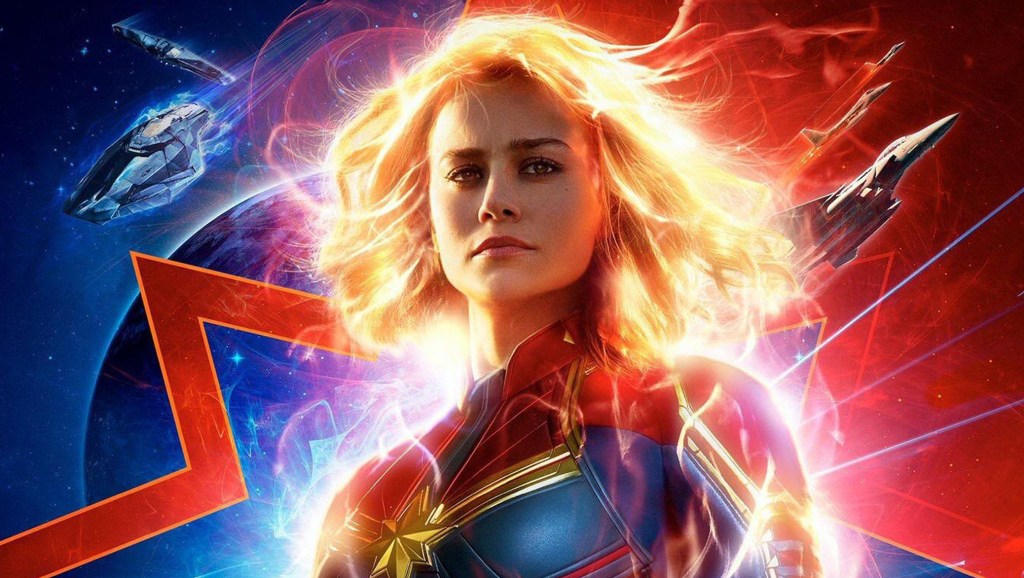
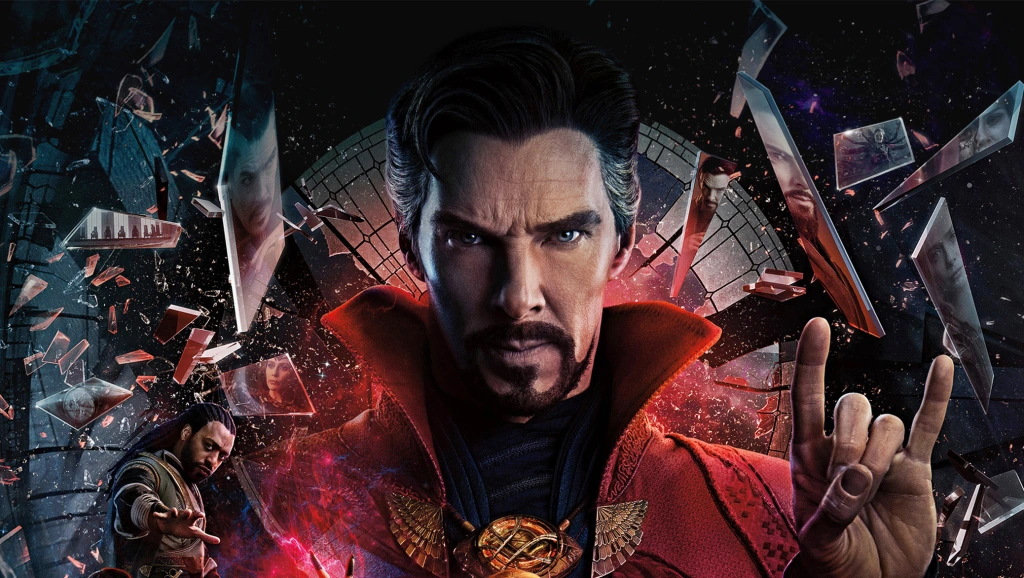
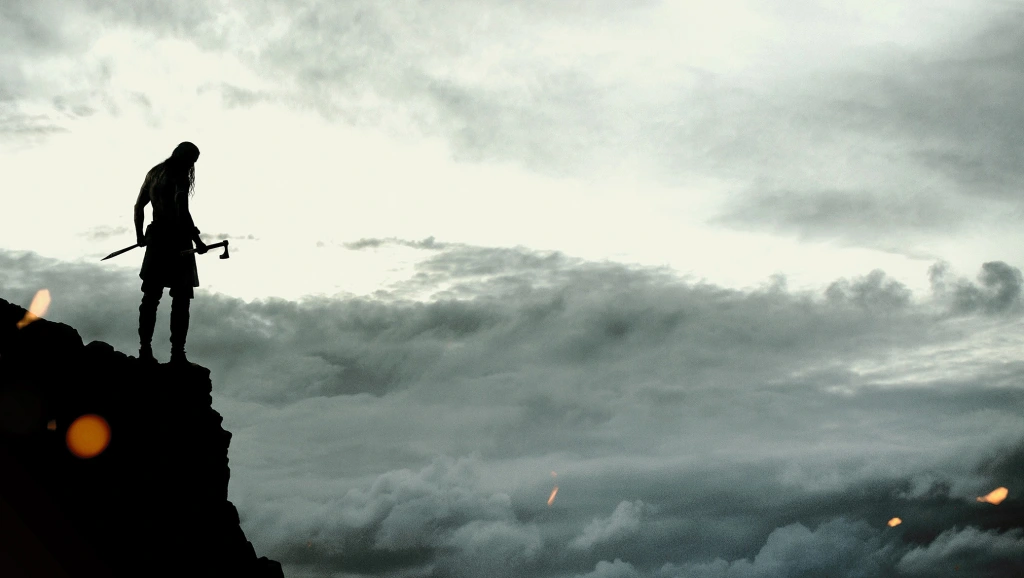
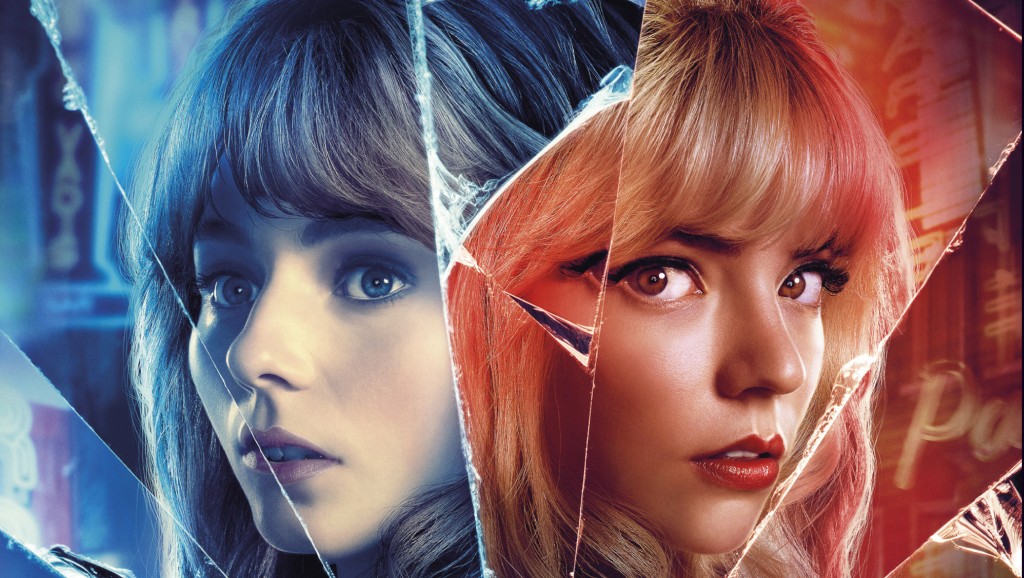
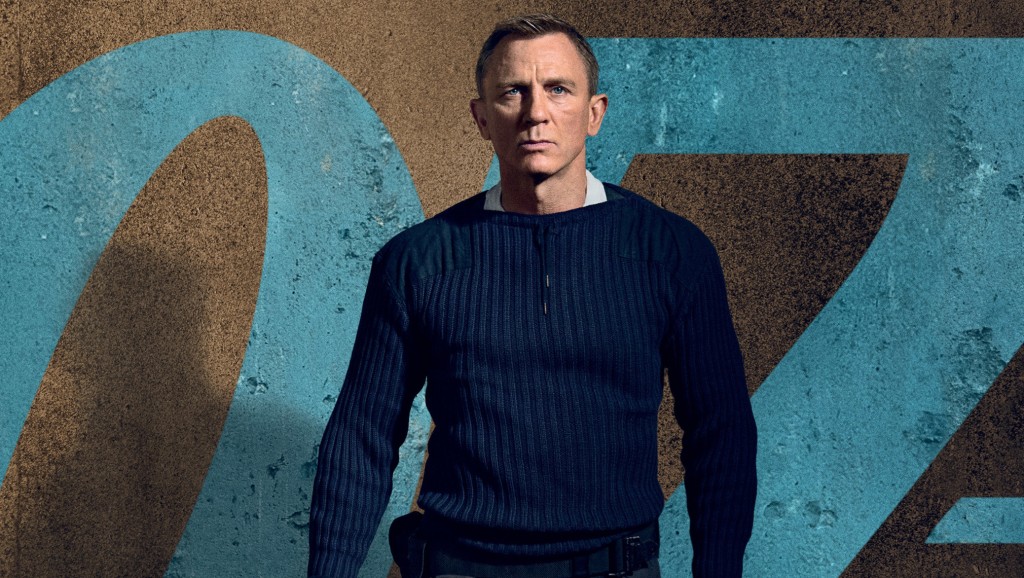
Don’t Be Shy – Leave a Reply